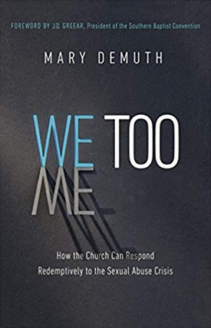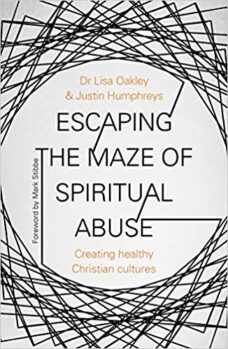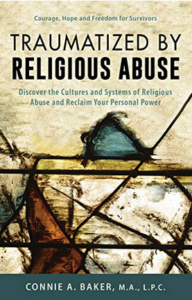As with all of our giveaways, this is only open to those with a USA mailing address.
But why does sexual abuse happen within our ecclesiastical walls? Shouldn’t the church that represents Jesus Christ- the One who loved children and cursed those who harmed them- do the very best job at protecting others from harm? Shouldn’t the church be a place a survivor could run in order to be protected, heard, and given restorative justice? Sadly, no. Because so often the church has jumped into bed with power and politics and has given preferential treatment to its reputation instead of the broken cries of survivors. – Mary DeMuth
This is your chance to receive a new copy of We Too: How the Church Can Respond Redemptively to the Sexual Abuse Crisis by Mary DeMuth. It’s available to order from Amazon for $11.51 for the paperback or $9.99 for the Kindle version. I mentioned this book in a blog about several new books that have been released this year.
Sexual predators are often charming. They get away with serial predation precisely because they’ve honed their interpersonal skills and practiced how to put people at ease. They know how to befriend and be kind to 98 percent of the population- and at the same time seek out the vulnerable. They tell the vulnerable 2 percent that no one would believe even if they did tell. Why? Because, as I mentioned above, they are typically not people you’d expect to be predatory. The 98 percent is part of their overall plan. In 98 percent of their lives, they’re upstanding, helpful, generous, funny, self-deprecating, ‘honest,’ and engaging. So if or when survivors bring something to light, very few believe them. Why? Because who wants to believe that your amazing friend is actually a wolf in sheep’s clothing. Surely not! Surely the #MeToo movement has gone crazy if it can even accuse this wonderful person of such a heinous crime. – Mary DeMuth
This giveaway is a drawing and not a first come, first served giveaway. To enter, just leave a comment to show you wish to be included. The drawing will close on Saturday, October 12 at 8pm (eastern time), after which I will draw the winner. You will then need to email me your mailing address if I do not already have it. There is absolutely no cost to enter. Don’t be alarmed if your comment does not immediately show as they require approval when you are commenting for the first time.
We always provide these at no charge to our readers.
********
Shop at our Amazon store! As an Amazon Influencer, this website earns from qualifying purchases.





 If you could go on vacation anywhere you wanted, where would you go? Would it be the warm, sunny beaches of Hawaii or the Caribbean? The tantalizing, exquisite tastes of Italy or Greece? Maybe more of a rugged adventure in the Outback like the
If you could go on vacation anywhere you wanted, where would you go? Would it be the warm, sunny beaches of Hawaii or the Caribbean? The tantalizing, exquisite tastes of Italy or Greece? Maybe more of a rugged adventure in the Outback like the 
